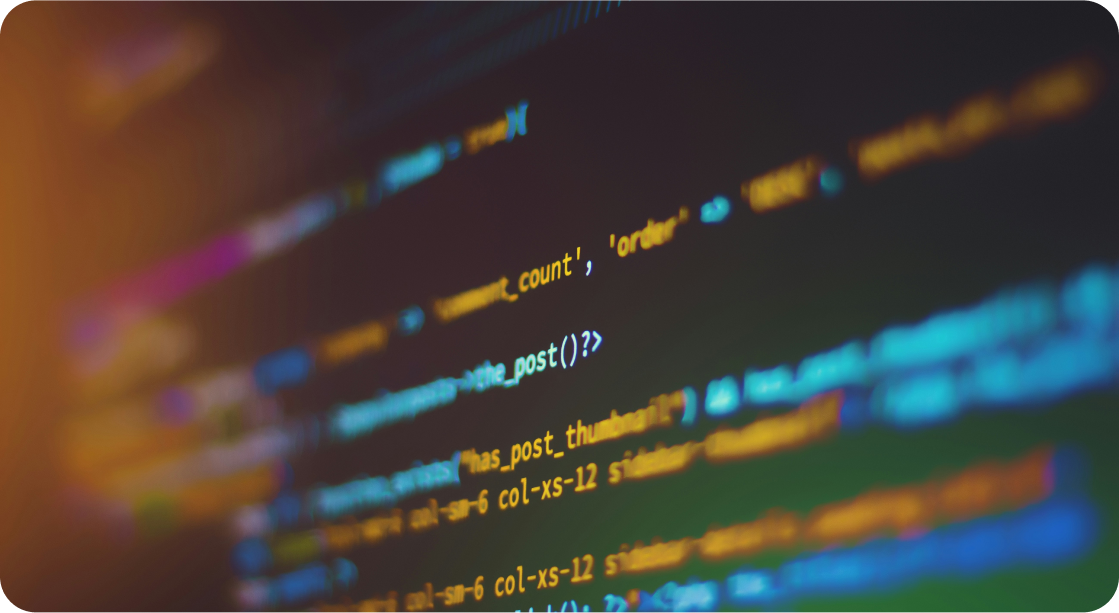Clean Code Principles for React Applications
Essential patterns and practices for writing maintainable, scalable React code in enterprise environments.
React has become the framework of choice for building modern, interactive web applications. Its component-based architecture and vast ecosystem make it ideal for enterprises looking to build scalable frontends. However, as applications grow, so does complexity. Without discipline, React projects can quickly become unmanageable, leading to technical debt, bugs, and frustrated developers.
Clean code isn’t just about elegance—it’s about maintainability, scalability, and clarity. By applying proven principles, teams can ensure their React applications remain robust, easy to extend, and adaptable to changing business needs.
1. Keep Components Small and Focused
A component should do one thing well. Large, multipurpose components are harder to test and reuse. Break them down into smaller, focused components, each responsible for a single concern.
Good Example:
UserCardhandles rendering a user’s profile.UserAvatarhandles displaying the profile image.UserActionsmanages buttons like Follow or Message.
This separation improves readability and makes components easier to maintain.
2. Use Meaningful Names
Naming is critical. Variables, functions, and components should clearly describe their purpose. Avoid abbreviations or overly generic terms.
✅ handleFormSubmit
❌ doThing
Clear naming helps new developers onboard faster and reduces confusion in large codebases.
3. Prefer Composition Over Inheritance
React thrives on composition—building complex UIs by combining smaller, reusable components. Instead of extending components, pass props or use higher-order components/hooks for shared logic.
<UserCard> <UserAvatar /> <UserDetails /> </UserCard> This approach keeps components decoupled and reusable.
4. Write Declarative, Not Imperative Code
React is built for declarative programming—describing what the UI should look like, not how to update it. Minimize direct DOM manipulation and rely on React’s state and props.
// Declarative {isLoggedIn ? <Dashboard /> : <Login />}
This makes the code more predictable and easier to debug.
5. Organize Files by Feature, Not Type
In enterprise apps, grouping files by feature/domain instead of type (e.g., components/, services/) improves scalability.
Better structure:
/features /auth AuthForm.jsx AuthService.js AuthContext.js /dashboard Dashboard.jsx DashboardService.js
This keeps related code together and prevents sprawling directories.
6. Apply Consistent Styling and Linting
Use tools like ESLint, Prettier, and TypeScript to enforce code style and catch errors early. Consistency reduces friction in team development and simplifies code reviews.
7. Optimize for Readability Over Cleverness
Readable code beats “smart” but cryptic implementations. Write code for humans first, machines second.
✅ const isEligibleForDiscount = user.age > 60 || user.isStudent;
❌ const discount = !(user.age < 60 && !user.isStudent);
8. Embrace Testing Early
Testing ensures that refactors don’t break functionality. In React, prioritize:
Unit tests for small components/functions.
Integration tests for user flows.
End-to-end tests for critical paths.
Tools like Jest, React Testing Library, and Cypress streamline this process.
Core Clean Code Principles in React
Code Reviews: Encourage peer reviews to maintain standards and share knowledge.
Documentation: Maintain concise component and hook documentation.
Refactoring Discipline: Regularly refactor legacy code to align with clean code principles.
Beyond the Code: Team Practices
Clean code in React isn’t about perfection—it’s about clarity, consistency, and scalability. By following these principles, enterprises can reduce technical debt, onboard developers faster, and build applications that stand the test of time.
In fast-moving business environments, the ability to adapt quickly is a competitive advantage. Clean React code provides the foundation to deliver features reliably, maintain developer happiness, and scale with confidence.
Conclusion
Discover more content






